BMW unveiled 3.0 CSL Hommage concept, based on 1970s racing coupé car with a carbon-fibre chassis.
Images credit BMW
The BMW 3.0 CSL Hommage launched at the Concorso d’Eleganza vintage car show in Lake Como, Italy.
Press release:
BMW 3.0 CSL Hommage
Racing flair with a touch of class.
Munich/Cernobbio. Amid the audacious design studies and automotive beauties from a bygone era gathered at the Concorso d’Eleganza Villa d’Este, the BMW Group presents its new BMW 3.0 CSL Hommage – and in the process makes a pretty formidable statement of its own. This model is the BMW Design Team’s tribute to the 3.0 CSL, a timeless classic and iconic BMW Coupé from the 1970s.
“Our Hommage cars not only demonstrate how proud we are of our heritage, but also how important the past can be in determining our future,” says Adrian van Hooydonk, Senior Vice President BMW Group Design. “The BMW 3.0 CSL Hommage represents a nod to the engineering achievement exemplified by the BMW 3.0 CSL in its lightweight design and performance. With intelligent lightweight construction and modern materials, the 3.0 CSL Hommage brings the character of that earlier model into the 21st century, showing it in a new and exciting guise,” he says, summarising the approach the design team took with the BMW 3.0 CSL Hommage.
Lightweight design past and present.
“CSL” stands for “Coupé Sport Leichtbau” (coupé, sport, lightweight). With its aluminium bonnet, boot and wings, Plexiglas windows and equipment rigorously pared down to the bare essentials, the old BMW 3.0 CSL tipped the scales around 200 kg lighter than its sibling model, the BMW 3.0 CS. Unsurprisingly, then, it was predestined for a career on the race track. Whereas the material of choice in the 1970s was aluminium, today carbon fibre – or carbon-fibre- reinforced plastic (CFRP) – offers the optimum weight-to-strength ratio. These high-strength fibres are even lighter and stronger than aluminium. And the
BMW 3.0 CSL Hommage makes generous use of the high-tech composite, reinterpreting the concept of lightweight design for the modern age. Wherever CFRP is used, it is also visible – rendering the lightweight design principle tangible both inside and out. The BMW Group is a world leader in the production and application of CFRP in automotive design and can already boast many years of experience in series production of CFRP structural parts for the BMW M and, in particular, the BMW i.
source BMW

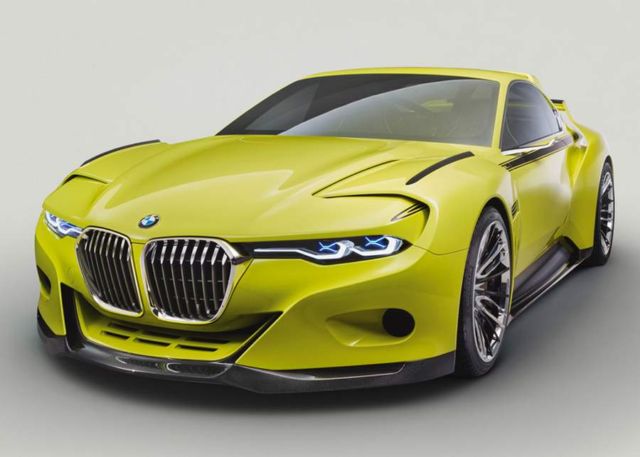
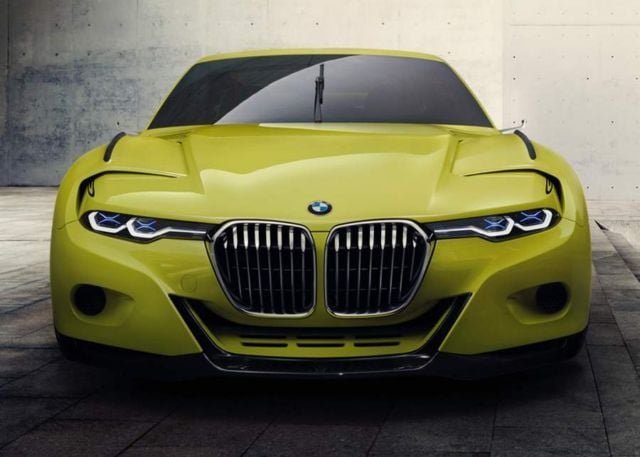
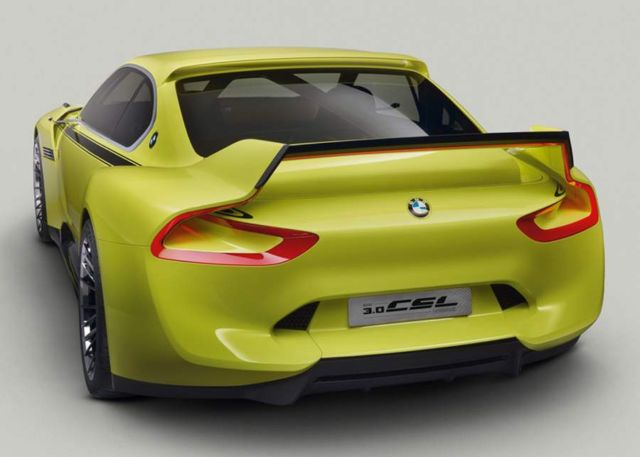
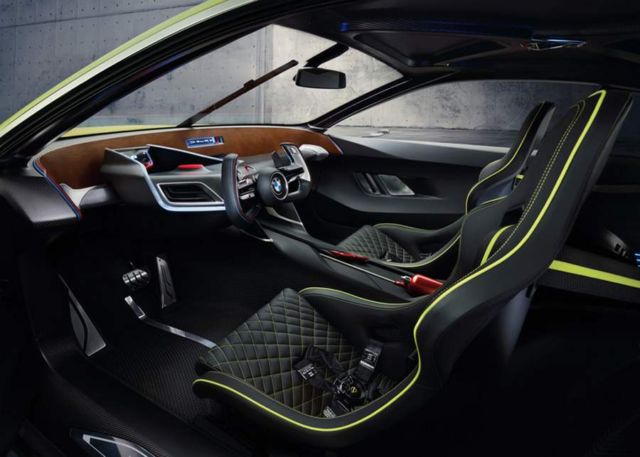
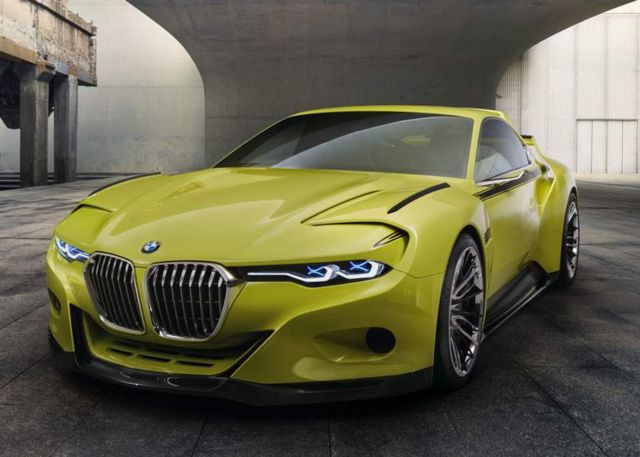
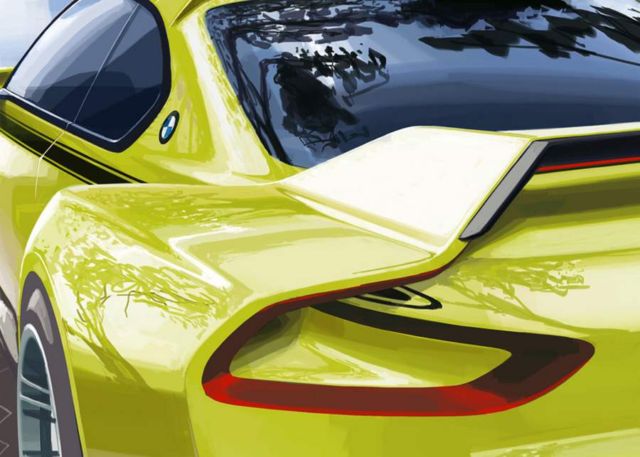
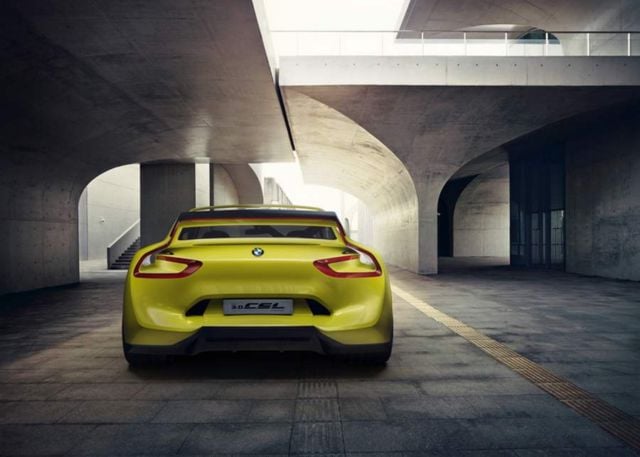





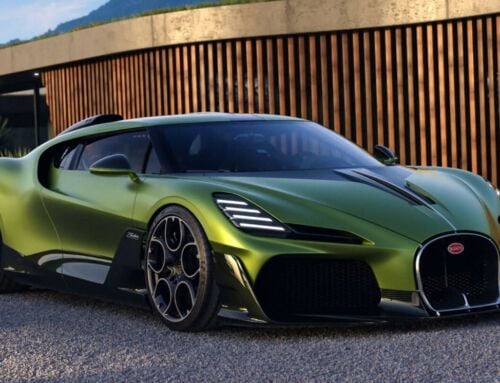
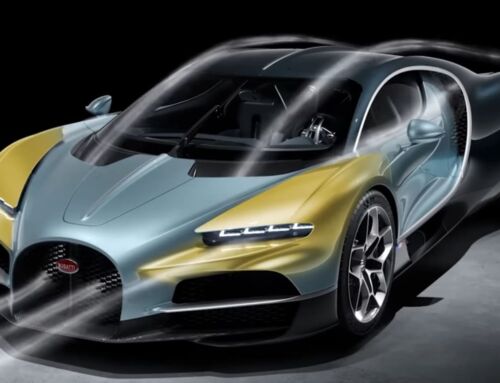
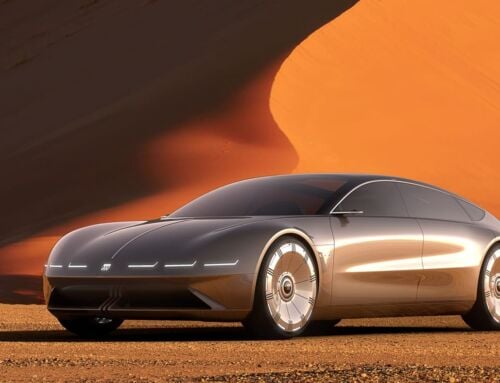
Leave A Comment